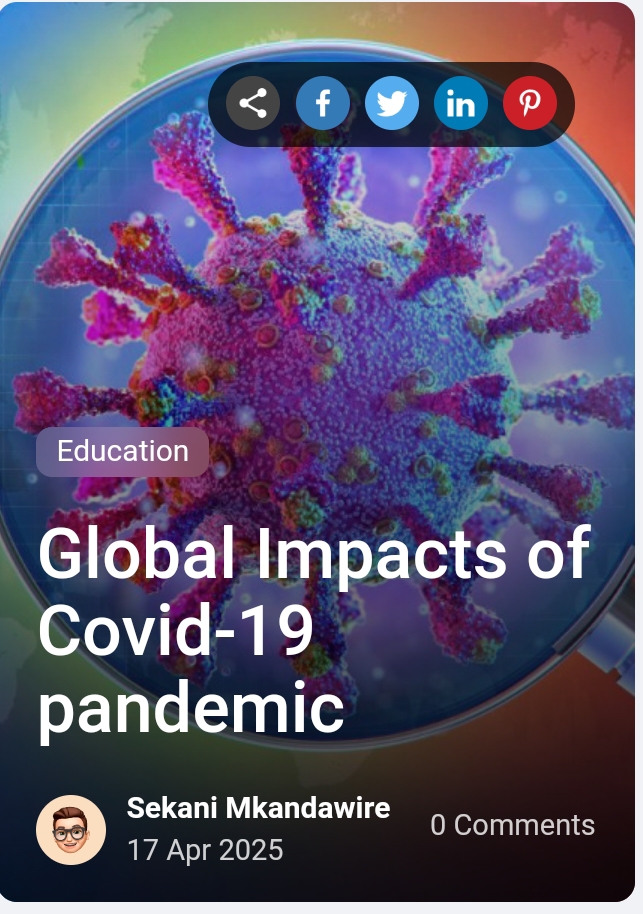1. Introduction
2. Methods
3. Findings
1. Introduction.
The outbreak of COVID-19, a disease caused by Severe Acute Respiratory Syndrome Coronavirus 2 (SARS-CoV-2) occurred in an era characterized by advanced technology in mass media and communication resources. Such advances allowed people, in general, to follow the global news of this pandemic, be aware of its detrimental effects, and take protective measures as instructed by national and international health authorities. However, the coin has two sides and digital inequality sprang up where lack of technologies limited the access of certain populations to advanced technologies and reduced their educational knowledge and information regarding the pandemic, governmental restrictions, and protective measures to be taken to combat the crisis.1–3 On the other hand, the crisis had a positive impact on the population where technologies are available as it provoked a tendency to technology illiterate people to put an effort to learn the basic skills to enable them to use such technologies for work from home, social interaction, information follow-up and educational purposes. It has been suggested that despite of the major impact they encountered due to the spread of the epidemic, dealing with digital inequalities is currently not receiving enough attention from decision-makers.

Measures taken by governments such as shutdowns of not only international borders but also borders within each country to isolate the hard-hit areas by the pandemic have remarkably reduced the spread of the virus. However, despite the first declaration by the World Health Organization (WHO) that described the pandemic as a global emergency in January 2020,5 and the restrictions set by health authorities such as stay home, wearing masks and gloves, safe social distancing, and avoidance of group ceremonies, many countries witnessed ignorance of such measures by their people. Such attitude significantly increased the number of active cases and consequent deaths. Some countries across the globe took the matter lightly at the beginning of the global outbreak and even bragged of being free of cases to be struck later by the outspread of active cases and their health situation was worsened more by their lack of facilities to screen their population. Still, data from such countries remain unreliable due to the previous reasons and the clinical features such as the incubation period of almost two weeks during which cases may become asymptomatic. With the worsening trends of COVID-19 pandemic, the entire health-care systems across the globe were challenged to develop new treatments and approaches to managing the infection and its myriad implications. This review will address the impact of COVID-19 on various aspects of our daily life including health, geopolitics, economic, social, cultural, environmental aspects, and education.
2. Methods
This review is intended to be informative to clinicians, researchers, students, and the public on both the positive and negative impacts of the COVID-19 pandemic. The impact on health, education, economics, geopolitics, social and cultural aspects, the living environment will be discussed in detail. We performed a search using the following electronic databases: MEDLINE and PubMed, for the period of 2019 right through to 2022. Search Terms included “COVID-19” OR “SARS-CoV-2 Infection” OR “COVID-19 Pandemic” OR “COVID-19 Outbreak” AND “Social-cultural effects” OR “Economic Burden” OR “Economic impact” “Digital Education” OR “Education” OR “Health” OR “Mental Health” OR “Psychological Health” OR “Physical Health” OR “Geopolitics” OR “Digital Inequality”. Studies were included if they were examining the effects of COVID-19 pandemic on different aspects of day-to-day life, including public health, education activities, global economics and geopolitics. Online resources on latest COVID-19 statistics and updates were also considered. Eligible research papers were identified by each of the reviewers and those selected articles were retrieved for closer examination. Each of the authors was assigned the literature search of two aspects that are believed to be markedly affected by the pandemic. In such a way, the search and inclusion criteria were more focused on the aim of the review. The other two authors have reviewed and verified that key statements were supported by references and appropriate evidence before being compiled in the final review. The final draft was reviewed by all authors and approved for submission.
3. Findings
The authors agreed in principle on the fact that despite the fully documented and acknowledged negative impacts of the pandemic; it allowed governments, various institutional authorities, and the public to pinpoint the flaws in each of day-to-day aspect of life. The pandemic also alarmed governments and exposed deep flaws in health systems, global economic structure, and education processes. The crisis has exacerbated the significance of the hidden status of social and digital inequality and computer illiteracy . Authors agreed as well that there was an urgent need to develop evidence-based programs to face any future challenges. Furthermore, findings would help authorities to prioritize measures to avoid, or at least frame the most necessary precautionary measures to be followed when facing such a disaster.
Leave a Reply